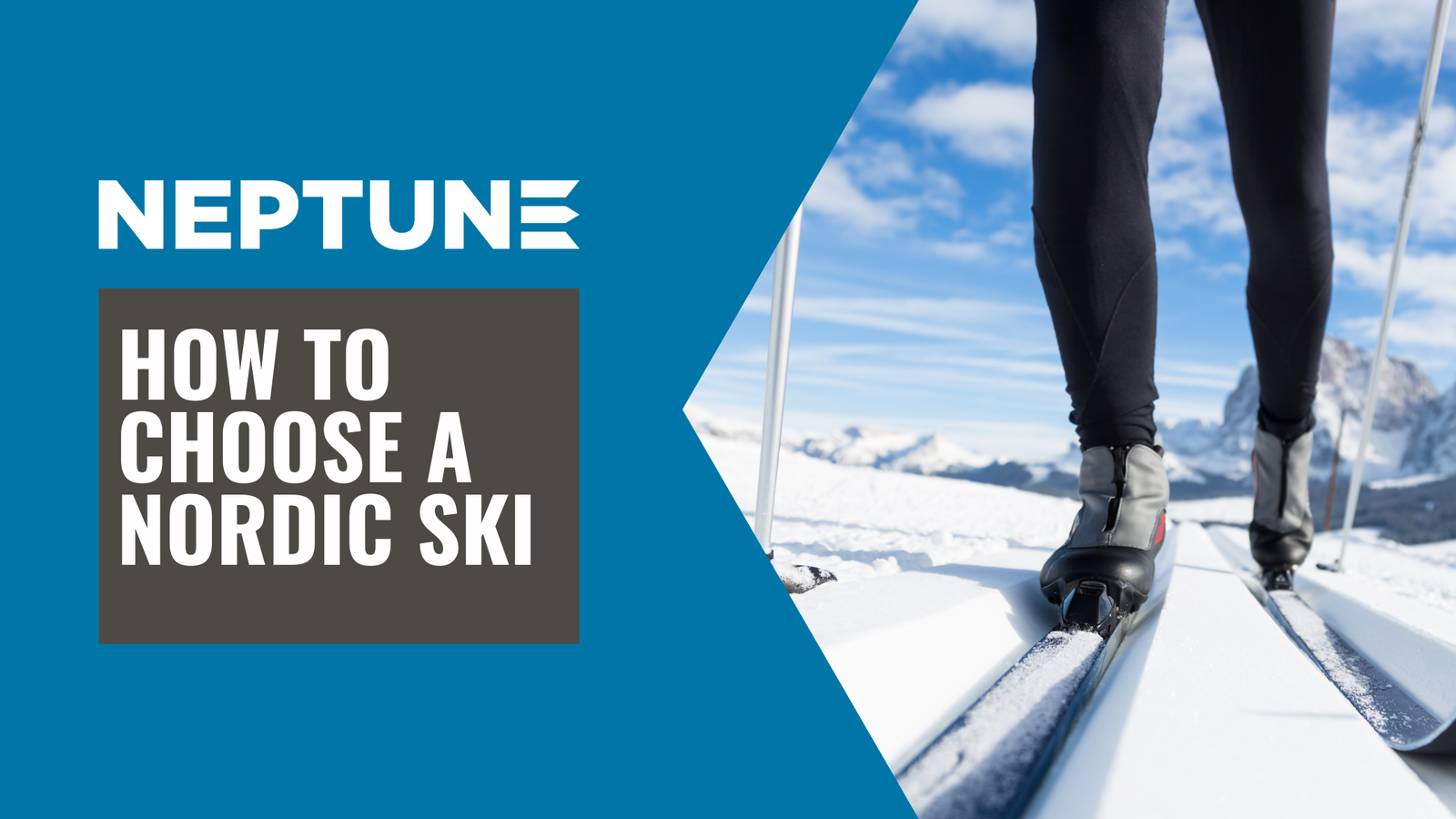If you love gliding through the mountains listening to bobolinks, smelling pines, and avoiding snow pillows shussing from a high branch then Nordic backcountry (BC) skiing is for you.
Nordic backcountry (not to be confused with skate skiing, randonnée, uphill touring, or Alpine Touring) is classic cross-country skiing surrounded by nature, friends, and a peanut butter and jelly sandwich.
Nordic skiing, like all the ski disciplines, possesses its own language, gear, and pleasures. It’s another great way to experience the sunny cold of Colorado’s winter mountains.
Selecting the best “backcountry” cross-country ski is just part of the fun as you build out your quiver.
HERE ARE SOME THINGS TO CONSIDER WHILE SELECTING A SKI:
The skier’s purpose, height, and weight determine the best ski. For variable terrain and steeper hills, metal edges offer stability and gently-carved turning. Remember to account for backpacks--if your pack frequently weighs 20 pounds or more, consider a somewhat longer ski to maintain the glide built into the camber. Most companies provide a size chart with a range of weights accommodated by a particular length of ski.
How wide should my ski be?
Up to 68 mm allows for cross country skiing, classic style or diagonal stride, in groomed tracks as found at Eldora Nordic Center, for example. And these skis can go out of bounds too! They have the firmness from the steel edges to provide controlled turns. These skis are typically longer to allow for speed on the flats and run-out downhills.
- Alpina Discovery 68
- Fischer OTX 68
- Asnes Amundsen BC; Gamme 54
Skis wider than 68mm really shouldn’t go to groomed Nordic centers; they break down the beveled edges of the tracks--and THAT infuriates classic skiers. Use the over-68mm skis to tour Brainard Lake or Hidden Valley. Metal-edged Nordic skis over 68mm float better on ungroomed snow, are generally skied in shorter lengths, and give greater turn control in variable snow conditions.
- Asnes Nansen BC; Asnes Ingstad BC and Tonje BC (Ingstad for women)
What about camber? (Also known as “Nordic camber” or “double camber”)
Providing a sort of “bow and arrow” spring action, the camber of a ski is tension built into the base of the ski underfoot. This tension creates a low arch under the kick area of a classic cross country ski. The camber holds the ski above the surface as the skier strides forward, then flattens onto the surface to grip the snow for traction during the kick of classic skiing.
The flatter and firmer the surface for skiing, the happier the skier is for a well-cambered ski. If the skier intends to mainly break trail through soft, new snow and try some gentle tele turns while navigating untracked, unpacked, and ungroomed areas, then camber isn’t as critical for gripping the surface.
And the base? Do I want to wax or not?
The bases of most Nordic cross-country skis are made of a hard, clear material (UHMW--Ultra High Molecular Weight polyethylene) that can be either scaled or smooth.
Nordic skis that are scaled underfoot are WAXLESS skis and do not require kick wax to grip the snow. The scale design allows for classic kicking and gliding without waxing. And, for those times when the scales aren’t enough, some waxless skis--like the Fischer OTX--can be fitted with a nifty kicker-skin designed specifically for the ski.
Smooth-based Nordic skis require either kick wax or a kicker-skin for traction. These WAXABLE skis have a “wax pocket” that covers the arch of the camber. The skier crayons and smooths a layer of wax into the wax pocket based upon the temperature and moisture of the snow. The skill and passion of waxers are something to behold; and wax kits with a variety of waxes, scrapers, and cork smoothers are de rigueur for these enthusiasts. As with some waxless skis, many waxable skis come equipped with kicker-skin systems to accommodate a variety of snow conditions and enthusiasms.

